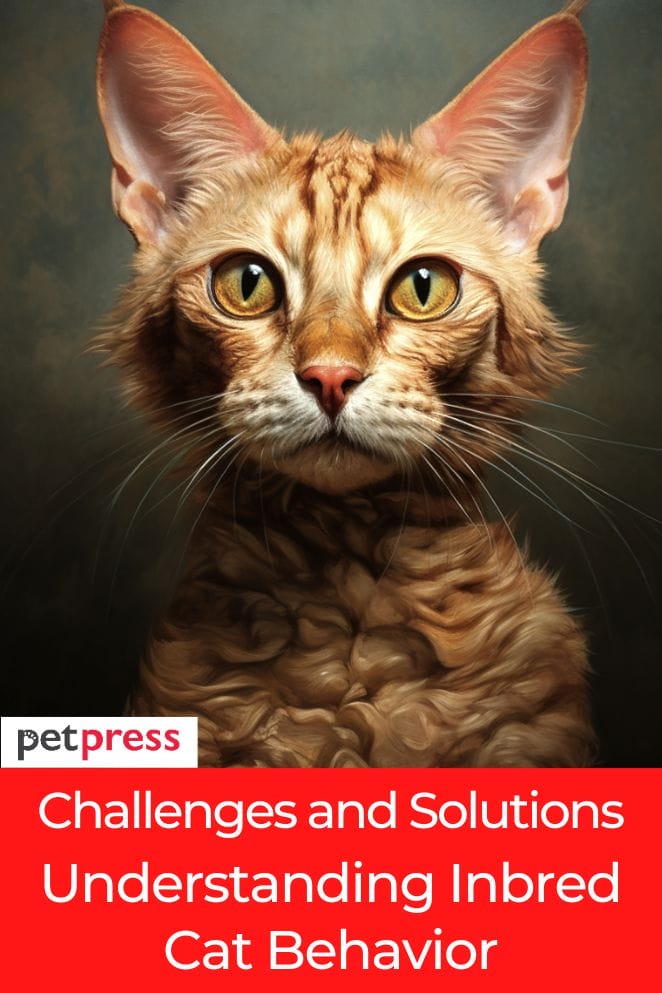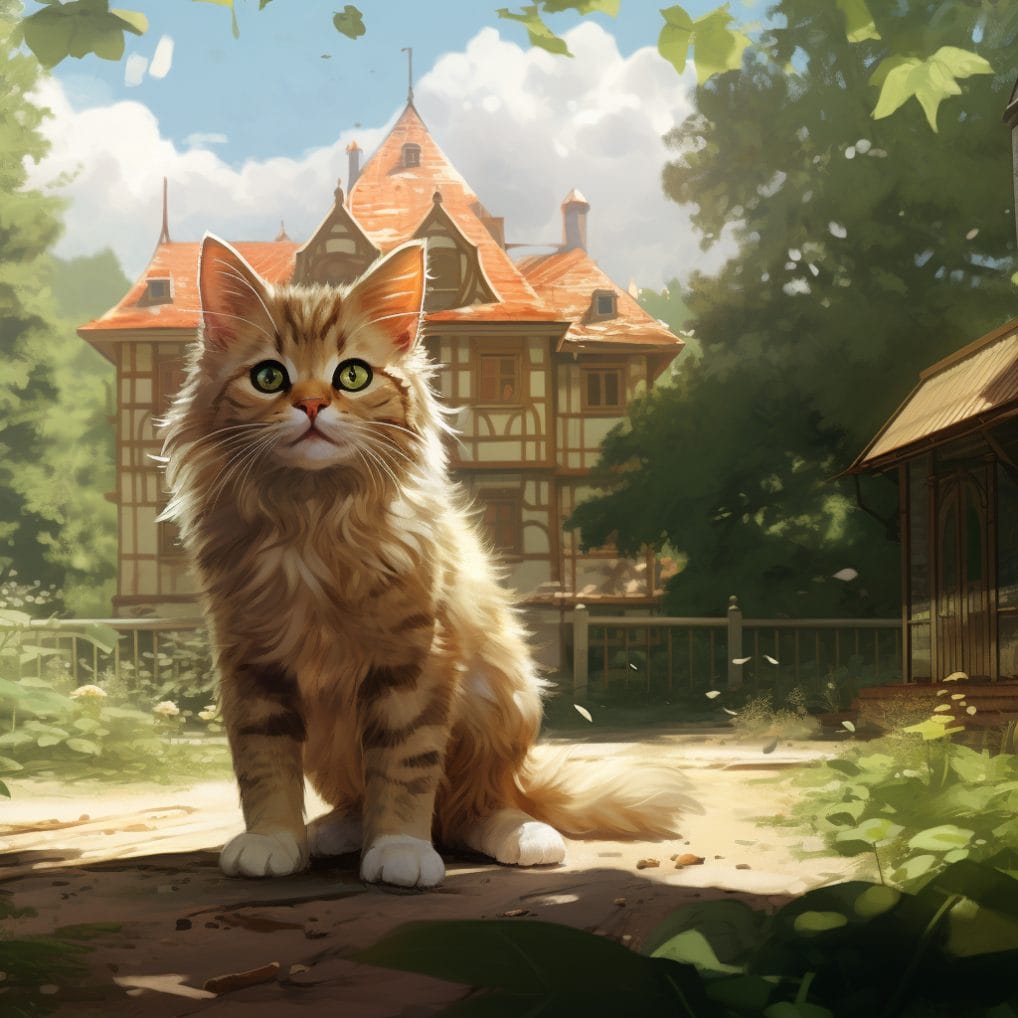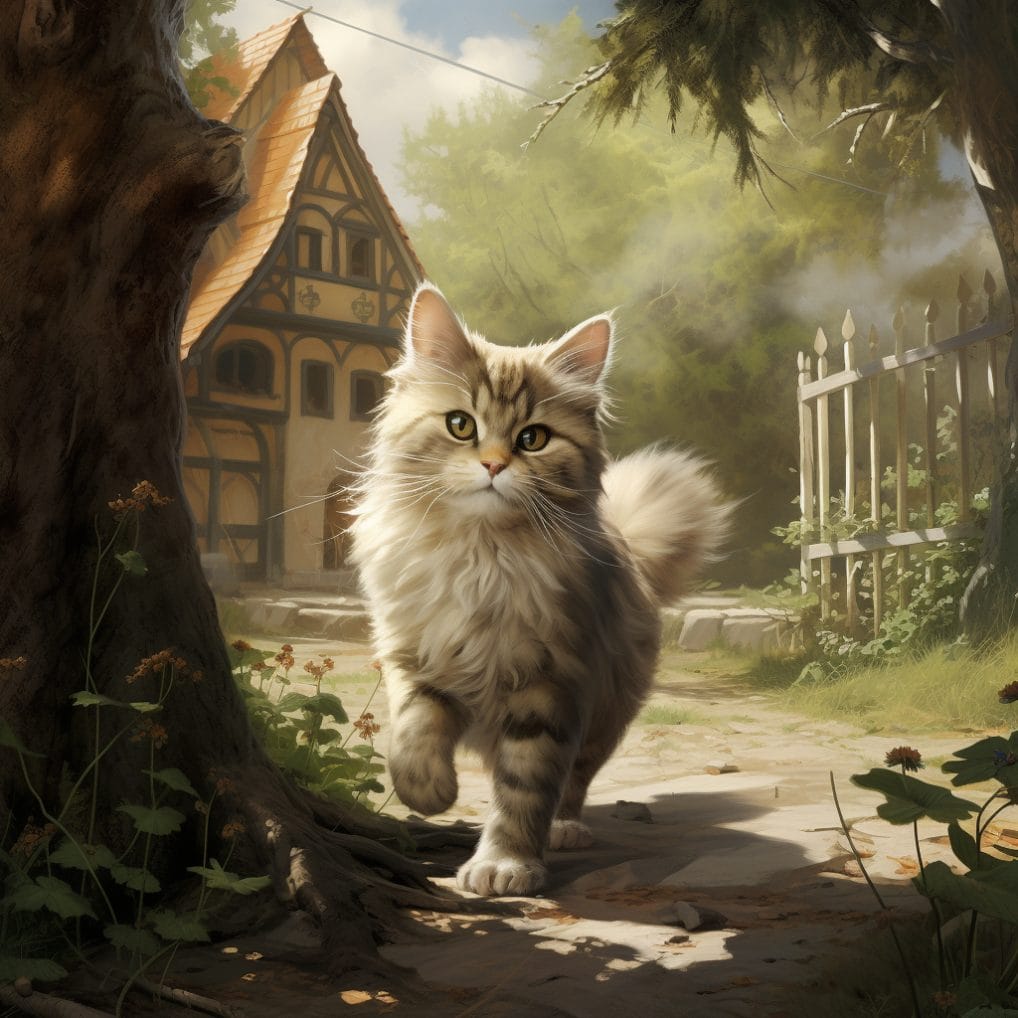
Cats have been cherished companions to humans for centuries, each breed possessing its unique traits and behaviors.
However, concerns have arisen regarding the consequences of inbreeding, a practice used to maintain specific traits or lineage.
In this comprehensive blog post, we will explore the realm of inbred cat behavior.
We’ll delve into what inbreeding entails for these feline companions, the common behaviors observed in inbred cats, potential behavioral challenges, health issues that can emerge, and effective strategies for preventing and managing behavioral issues.
Join us on this informative journey to gain a deeper understanding of and better care for inbred cats.
What is an Inbreeding Cat?
Inbreeding in cats is a breeding practice where closely related cats, like siblings or parents with their offspring, are mated together.
The purpose of inbreeding is to preserve or enhance certain traits or lineage within a specific cat breed.
While this method can result in desirable characteristics, it also comes with an increased risk of genetic disorders and behavioral problems in cats.
This practice is often employed within the realm of cat breeding but should be approached with caution due to the potential health and behavior implications it carries.
Common Inbred Cat Behaviors

Inbred cats may exhibit unique behaviors due to their genetic makeup. While these behaviors can vary from one cat to another, some common inbred cat behaviors include:
Timidity
Inbred cats often exhibit an elevated level of timidity, which makes them more reserved and cautious in their interactions with both humans and fellow animals.
Their shyness often leads them to opt for solitude over socializing.
Aggression
Some inbred cats can display aggressive tendencies.
This aggression may be linked to genetic factors and can manifest as hostility towards both humans and other animals.
It’s important to approach inbred cats with caution, as their behavior can be unpredictable.
Fearfulness
Fear and anxiety are more prevalent in inbred cats, affecting their ability to adapt to new environments and situations.
When confronted with unfamiliar or challenging circumstances, these cats may exhibit behaviors such as cowering or fleeing, reflecting their heightened state of anxiety.
Repetitive behaviors
Inbred cats are more likely to engage in repetitive actions, a behavior known as stereotypy.
These actions can include excessive grooming, pacing back and forth, or even vocalizing repetitively.
These behaviors can be challenging to manage and may indicate underlying anxiety or stress in the cat.
Anxiety
Anxiety is a common issue among inbred cats.
This heightened anxiety can lead to various behavioral problems, including hiding, excessive grooming to the point of hair loss, or even litter box issues.
Inbred cats might be more prone to feeling overwhelmed and anxious in their surroundings.
Common Health Issues in Inbred Cats

Inbreeding increases the risk of various health issues in cats, including:
Genetic disorders
Inbreeding substantially heightens the risk of cats inheriting genetic disorders, which can impact various aspects of their well-being.
These conditions may affect their physical health and even their behavior.
These disorders have the potential to be passed down through generations, potentially diminishing the cat’s overall quality of life.
Respiratory problems
Certain cat breeds, notably those with flat faces (brachycephalic breeds), are more susceptible to respiratory issues as a consequence of inbreeding.
The structural compromises in their facial features can lead to breathing difficulties and airway obstructions.
Cats belonging to these breeds may encounter challenges in breathing, particularly in stressful or warm conditions.
Dental issues
Inbred cats are also more susceptible to dental problems, including misaligned teeth.
These dental issues can cause discomfort and may hinder the cat’s ability to eat properly.
Maintaining proper dental care is essential for inbred cats to safeguard their oral health and overall well-being.
Weakened immune system
Inbreeding can result in a compromised immune system in cats.
A weakened immune system leaves cats more vulnerable to various illnesses, including viral and bacterial infections.
This heightened susceptibility to diseases necessitates vigilant monitoring and timely medical intervention to safeguard the cat’s health.
How to Prevent Behavioral Problems in Inbred Cats

Preventing behavioral problems in inbred cats involves:
Early socialization
Early socialization is a crucial aspect of preventing behavioral problems in inbred cats.
Expose inbred kittens to a variety of experiences, people, and other animals from a young age.
This exposure helps them become accustomed to different situations and reduces the likelihood of fearfulness or aggression in adulthood.
Gradual and positive introductions to new environments, people, and animals can make a significant difference in their social development.
Positive Reinforcement
Positive reinforcement techniques are effective in encouraging desired behaviors in inbred cats.
Reward them with treats, praise, or affection when they exhibit appropriate behaviors.
This method can help shape their behavior and reinforce positive interactions with their environment and human companions.
Consulting a veterinarian
Regular veterinary care is essential for inbred cats.
In addition to addressing potential health issues early, a veterinarian can offer guidance on managing behavioral concerns.
They may recommend behavioral modifications, medications, or other strategies to improve the cat’s behavior and overall well-being.
Behavioral training
For inbred cats grappling with existing behavioral issues, enrolling in behavioral training classes can be a valuable solution.
These classes offer the expertise of professional trainers who can provide structured guidance and targeted training to address specific problems like fearfulness, aggression, or compulsive behaviors.
With a skilled trainer, the training is tailored to the unique needs of the cat, helping them cultivate more positive behaviors.
Conclusion
Inbred cats exhibit distinct traits and behaviors shaped by their genetic makeup.
While inbreeding may strive to emphasize desirable characteristics, it can also heighten the potential for behavioral challenges and health problems.
It’s essential for cat owners to grasp these challenges and invest in early socialization, positive reinforcement, and professional assistance to ensure the well-being of their inbred feline companions.
FAQs
Inbreeding in cats involves the mating of closely related cats, such as siblings or parents with offspring, to preserve specific traits or lineage within a breed.
Common inbred cat behaviors include timidity, aggression, fearfulness, and repetitive behaviors.
Preventing behavioral problems in inbred cats involves early socialization, positive reinforcement, regular veterinary care, and behavioral training.
- Essential Oils Safe for Cats: What Every Pet Owner Needs to Know - May 23, 2025
- Herbal Supplements for Cats: A Natural Approach to Cat Wellness - May 21, 2025
- Signs of a Healthy Cat Coat: What Every Cat Owner Should Know - May 19, 2025


GIPHY App Key not set. Please check settings